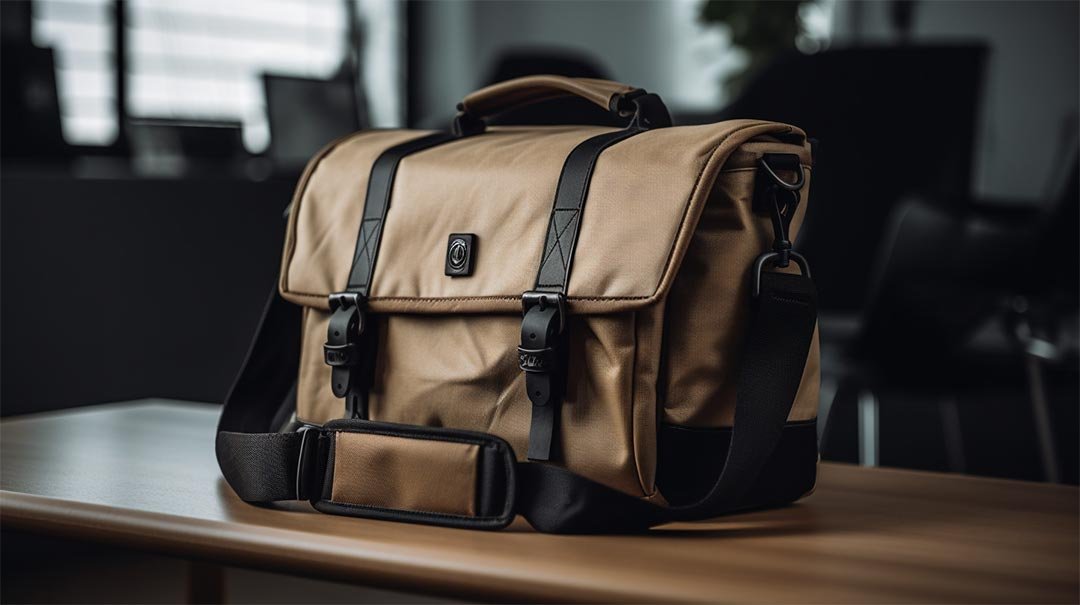So, you’re on the hunt for a backpack that can handle the occasional downpour, splashes, or maybe even a little adventure. But suddenly, you’re faced with two terms: waterproof and water-resistant. They sound similar, but trust me, they’re as different as a cozy drizzle and a full-on thunderstorm. And if you’re like my clients, aka the always-prepared, ever-cautious Andy types, knowing the difference is probably top of mind before making an order.
So, what’s the real deal between waterproof and water-resistant backpacks? Simply put, waterproof backpacks keep water out entirely, while water-resistant ones only repel water to a certain extent. Waterproof bags are like a fortress against water, thanks to materials like PVC or TPU and sealed seams. Water-resistant bags, on the other hand, can handle light rain but won’t survive a dunk in the river.

So, how do you choose between waterproof and water-resistant?
When it comes to making a choice, consider your activities and the environments you’ll be in. If you’re into kayaking, fishing, or heavy-duty hiking, a waterproof backpack is your best bet. These packs are designed to withstand the elements, keeping your gear bone dry even if you drop it in water. For everyday commuting, casual travel, or light outdoor activities, a water-resistant backpack might just do the trick. It can fend off a drizzle or accidental spills but won’t protect against a torrential downpour.
The Nitty-Gritty of Materials
Waterproof backpacks are typically made from materials like PVC (polyvinyl chloride) or TPU (thermoplastic polyurethane), which are inherently waterproof. The seams are often RF welded or heat-sealed to prevent any water ingress. Water-resistant backpacks, however, are usually crafted from materials like nylon or polyester with a DWR (Durable Water Repellent) coating. This coating helps repel water but isn’t foolproof.
Construction Matters
It’s not just about the fabric; the construction plays a huge role too. Waterproof backpacks have roll-top closures or watertight zippers, ensuring no water sneaks in through openings. Water-resistant packs might have flaps over zippers or sealed seams, but they lack the heavy-duty sealing mechanisms of their waterproof counterparts.
Breathability and Comfort
One downside of waterproof backpacks is that they’re often less breathable. The materials used to keep water out also keep moisture in, which can lead to sweaty backs. Some high-end waterproof backpacks incorporate ventilation systems or use breathable waterproof fabrics like Gore-Tex, but these features can add to the cost.
Weight Considerations
Waterproof backpacks can be heavier due to their materials and construction. If you’re planning a long trek where every ounce counts, this is something to keep in mind. Water-resistant backpacks are generally lighter and more flexible, making them suitable for everyday use.
More burning questions you might have
Are waterproof backpacks more expensive?
Generally, yes. Waterproof backpacks often use specialized materials and sealing techniques, which can bump up the price. But hey, isn’t protecting your gear worth it?
Can I make my backpack waterproof?
You can try using waterproof covers or sprays, but they won’t make it fully waterproof. It’s like putting a band-aid on a leaky pipe—not the best solution. These methods might improve water resistance but won’t match the performance of a purpose-built waterproof backpack.
Do waterproof backpacks breathe?
Most waterproof materials aren’t breathable, so they might trap moisture inside from sweat. Some high-end options have ventilation features or use fabrics like eVent or Gore-Tex, which are waterproof yet breathable. However, expect to pay a premium for these features.
What about durability?
Both waterproof and water-resistant backpacks can be durable, but waterproof packs often have an edge due to their robust materials. They’re built to withstand harsh conditions, which can be a plus if you’re hard on your gear.
Real-world Scenarios
The Daily Commuter
If you’re like Andy, a purchasing manager who commutes daily and occasionally travels for business, a water-resistant backpack might be sufficient. It can handle unexpected showers and protect your documents and laptop during your daily grind.
The Adventure Seeker
Planning to trek through rainforests, kayak down rivers, or explore places where the weather is unpredictable? You’ll want a waterproof backpack. It will ensure your gear stays dry no matter what Mother Nature throws your way.
The Budget-Conscious Traveler
If you’re on a tight budget, a water-resistant backpack offers decent protection without breaking the bank. Pair it with a rain cover for added protection, but remember it’s not a substitute for a true waterproof pack.
Making the Right Choice
Choosing between waterproof and water-resistant comes down to assessing your needs:
- Environment: Are you in wet conditions frequently?
- Activities: Do you engage in water sports or heavy outdoor activities?
- Gear: Are you carrying expensive electronics or equipment?
- Budget: How much are you willing to invest?
Consider these factors, and you’ll be better equipped to make an informed decision.
Conclusion
In a nutshell, the choice boils down to your needs and lifestyle. If you can’t afford to get your stuff wet, go waterproof. If a little rain doesn’t scare you, water-resistant might suffice. Whatever you pick, make sure it suits your activities and comfort. After all, nobody likes soggy surprises or ruined gear.







